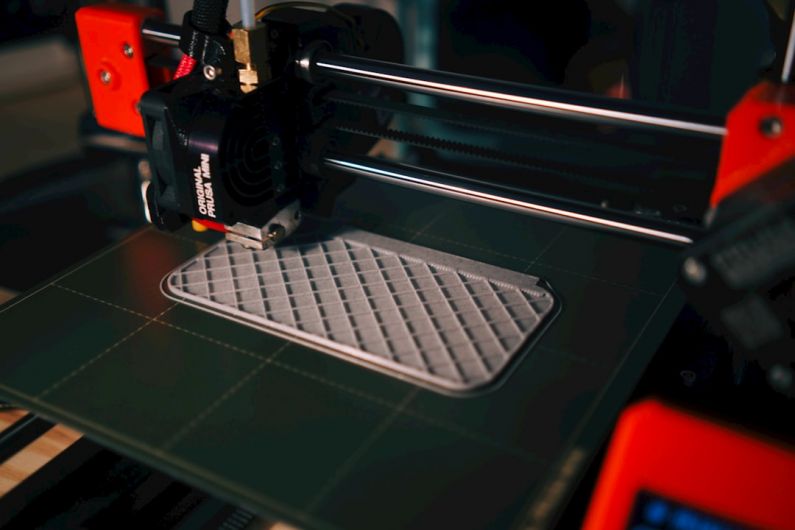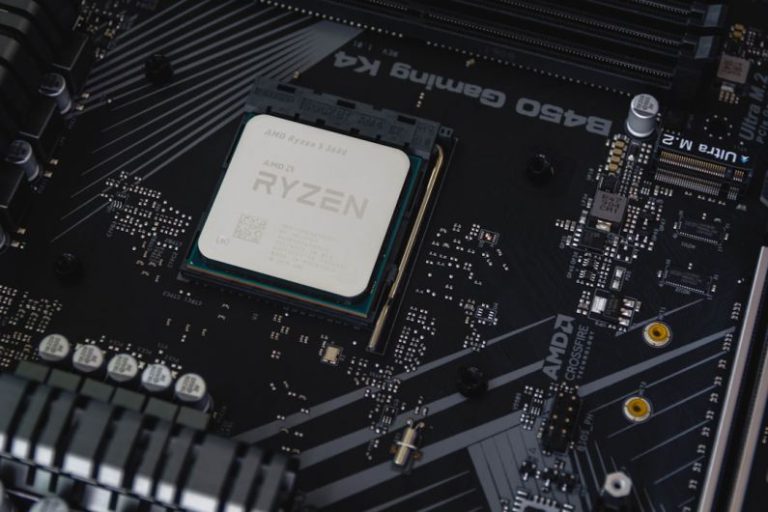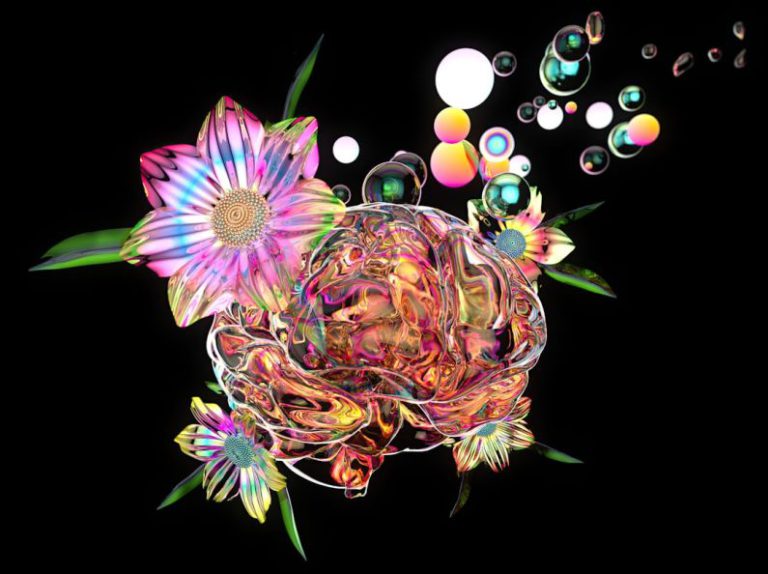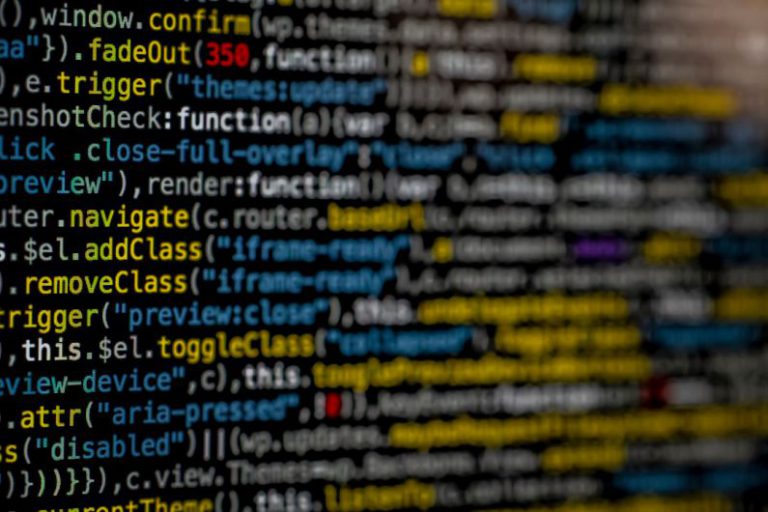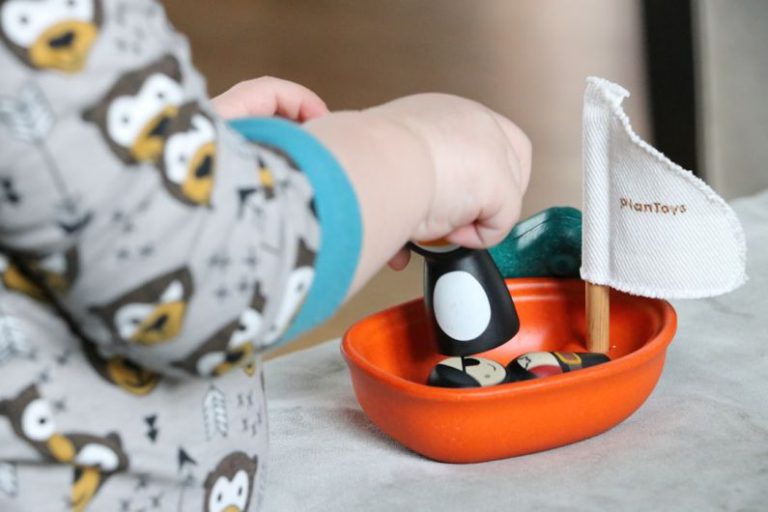Exploring the Potential of 3d Printing in Creative Industries
The limitless possibilities of 3D printing have revolutionized various industries, including healthcare, manufacturing, and architecture. However, one sector that is increasingly harnessing the power of this technology is the creative industry. From fashion to art, 3D printing is pushing boundaries and unlocking new avenues for creativity like never before.
**Unleashing Creative Potential**
In the realm of design and creativity, 3D printing offers a playground of endless possibilities. Designers and artists can now bring their wildest imaginations to life with the help of this revolutionary technology. The ability to create intricate and complex shapes that were once thought impossible with traditional manufacturing methods has opened up a whole new world of artistic expression.
**Customization and Personalization**
One of the key advantages of 3D printing in the creative industries is the ability to customize and personalize products like never before. Whether it’s a unique piece of jewelry, a bespoke fashion accessory, or a one-of-a-kind art piece, 3D printing allows for the creation of highly personalized items that cater to individual tastes and preferences. This level of customization not only enhances the consumer experience but also opens up new business opportunities for designers and artists.
**Rapid Prototyping and Iteration**
In the world of product design, rapid prototyping is crucial for testing and refining concepts quickly and cost-effectively. 3D printing has revolutionized the prototyping process by enabling designers to create physical models in a matter of hours, allowing for faster iteration and refinement of designs. This accelerated prototyping process not only speeds up product development but also reduces the time to market, giving creative professionals a competitive edge in the industry.
**Pushing the Boundaries of Fashion**
The fashion industry is no stranger to experimentation and innovation, and 3D printing has taken creative expression in fashion to new heights. Designers are now using 3D printing to create avant-garde garments, intricate accessories, and even custom footwear. The technology allows for the production of complex and unique designs that would be impossible to achieve using traditional manufacturing methods, pushing the boundaries of what is possible in the world of fashion.
**Sustainability and Material Innovation**
3D printing also offers sustainable solutions for the creative industries by minimizing waste and optimizing material usage. Traditional manufacturing processes often result in significant material wastage, whereas 3D printing only uses the exact amount of material required for the job. Additionally, designers can experiment with a wide range of materials, including biodegradable and recycled options, further reducing the environmental impact of their creations.
**Accessibility and Democratization of Design**
One of the most significant advantages of 3D printing in the creative industries is its ability to democratize design and make it more accessible to a wider audience. With the right tools and knowledge, aspiring designers and artists can now create their own unique pieces without the need for expensive equipment or large-scale production facilities. This democratization of design empowers individuals to unleash their creativity and bring their ideas to life in ways that were previously unimaginable.
**Embracing the Future of Creativity**
As 3D printing technology continues to evolve and become more sophisticated, the creative industries are poised to undergo a dramatic transformation. From personalized fashion to innovative art installations, the potential applications of 3D printing in creative endeavors are virtually limitless. By embracing this technology and pushing the boundaries of what is possible, designers and artists can unlock new realms of creativity and redefine the future of the industry.
**Innovating Beyond Imagination**
In conclusion, the potential of 3D printing in creative industries is vast and ever-expanding. From pushing the boundaries of design to enabling rapid prototyping and customization, this technology is revolutionizing the way we approach creativity. As designers and artists continue to innovate and experiment with 3D printing, the future of the creative industries looks brighter and more exciting than ever before. It’s a world where imagination knows no bounds, and innovation knows no limits.
